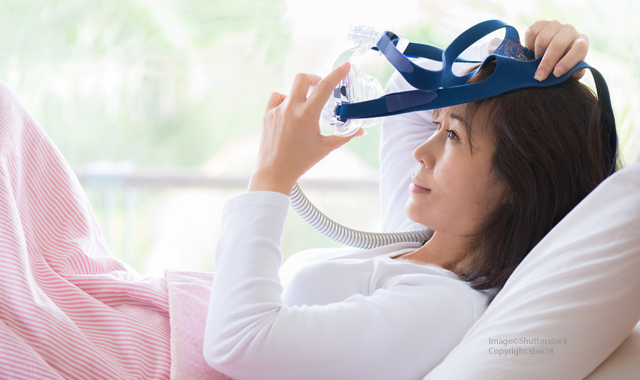The dental practitioner's role in the sleep disorder crisis
Dr. Lou Shuman and Alice Limkakeng discuss the state of chronic sleep disorders and the role of dental practitioners in addressing the growing issue.

Each month, Dr. Lou Shuman consults with a dental industry specialist to discuss the latest industry shifts, developments in dental technology, digital dentistry trends, marketing and more.
This month, Dr. Shuman sat down with Alice Limkakeng, CEO of SleepArchiTx, to discuss the state of the sleep disorder crisis and the dental industry trends that could help.
Why is the prevalence of chronic sleep disorders such as snoring and obstructive sleep apnea so high in the U.S. and what is the impact of this?
We have a national crisis in the United States due to chronic sleep disorders. The National Center on Sleep Disorders Research (NCSDR) states that about 70 million Americans suffer from sleep problems, with approximately 60 percent of these having a chronic disorder. This is exacerbated by the fact that 80 percent of people with severe disorders, such as obstructive sleep apnea, are undiagnosed. We do not have good medical channels to screen for sleep disorders because primary care physicians are dealing with so many other issues that sleep disorders just aren’t on their radar.
In addition to that, individuals may be resistant to get diagnosed because they do not want to stay overnight in a sleep lab for the diagnostic test and they do not want to wear a CPAP, which is a likely recommendation for patients if they are diagnosed with obstructive sleep apnea. The negative impact is enormous. The Centers for Disease Control and Prevention estimates that drowsy driving causes up to 6,000 fatal crashes each year, and the NCSDR says that “sleep disorders, sleep deprivation and sleepiness add an estimated $15.9 billion to the national healthcare bill.”
Related reading: How to stop an epidemic: The rise of sleep apnea
How could dental practitioners help address this crisis of sleep?
I believe that dental practitioners have a tremendous opportunity to address our nation’s sleep crisis. The American Dental Association has recently adopted a policy calling for all dentists to screen patients for sleep-related breathing disorders and to treat appropriately with oral appliances.
Dental practitioners have responsibility for the oral cavity and the airway within their scope of practice. We now know that issues of occlusion, bruxism and compromised dentition go hand-in-hand with sleeping disorders. By putting to use their dental knowledge, screening patients for breathing disorders and treating appropriately with dental appliances, dentists can make a huge positive impact on our national sleep crisis.

What are the major challenges dental practitioners face in serving sleep patients?
Treating sleep patients can be complex if you don’t have the right service partners, tools and technology to work with. The top five challenges that dental practitioners face are:
1. Having protocols and workflow in place to be able to screen and treat patients for sleep disorders.
2. Working with sleep physicians to get patients properly diagnosed.
3. Developing comprehensive treatment plans that take into account all aspects, including dental, orthodontic, cosmetic, airway and joint issues.
4. Having access to a variety of FDA-cleared sleep appliances.
5. Medical billing to get paid for the services performed.
What is the current state of technology and services available to help practitioners serve sleep patients?
To date, the majority of technology and services for dental sleep have been solutions geared specifically toward one issue such as home sleep testing devices, appliance companies providing a single type of sleep appliance, medical billing services or a documentation software. The industry also has plenty of one-off educational courses on sleep.
Unfortunately, this leaves the dental practitioner the job of coordinating all the disparate solutions. Despite many individual offerings that can help with one piece of the process, dental practitioners haven’t made much progress in treating dental sleep patients.
Emerging research: Study finds obstructive sleep apnea causes complications in dental implants
What are some emerging trends to help dental practitioners treat dental sleep patients?
One important trend is the growing understanding that treating sleep patients requires the expertise of several disciplines, including knowledge of airway management, occlusion, tooth movement, dentition and TMJ issues. Technology and service providers need to have deep expertise in these disciplines to truly help dental practitioners. Another related trend is the realization that patients often have concurrent cosmetic, orthodontic and airway issues. They want to fix their smile, fix their bite and sleep better all at the same time.
Fortunately, there are new, FDA-cleared, innovative sleep appliances, such as the Aligner Sleep Appliance® that enable dental practitioners to provide combination therapy to address these patient issues at the same time. Using comprehensive, coordinated technology and service, rather than point solutions, will be a key to success for dental practitioners